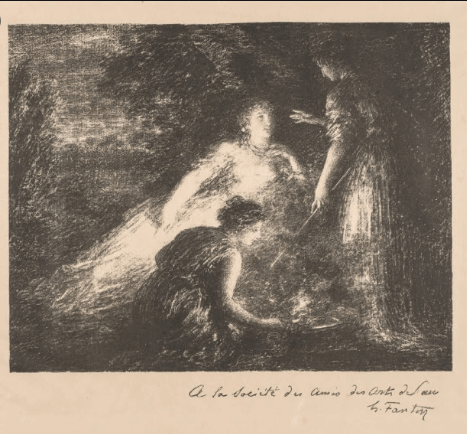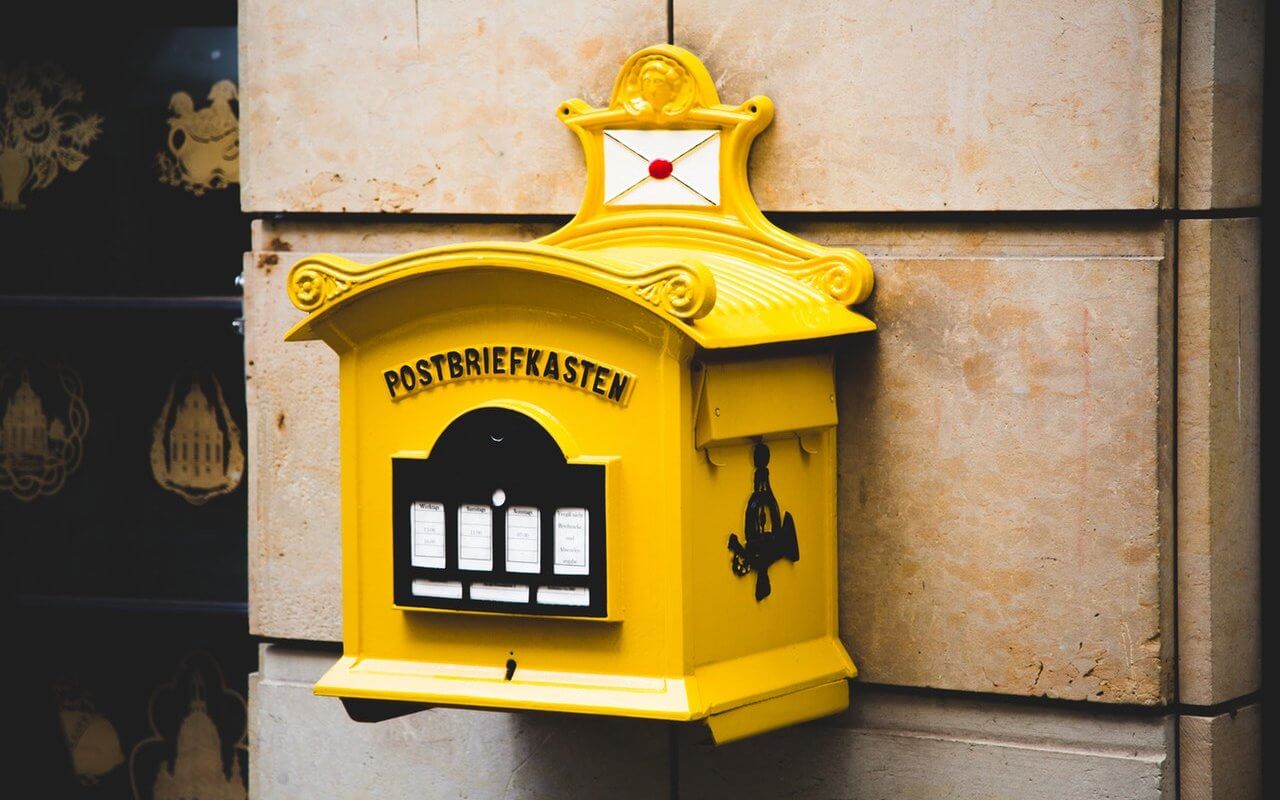Original Article Published On The Jewish Ledger
WOODBRIDGE — It is amazing how much a group of 15 mothers, mostly with children in the under 12-year age range, can remember about their own teen years.
Sydney Perry, director of the Jewish Federation of Greater New Haven and veteran executive director of the Department of Jewish Education, presented “The American Bar/Bat Mitzvah: Religion or Party?” the second in a series of six workshops in the Jewish Parenting series, sponsored by the Women’s Division of the Jewish Federation of Greater New Haven.
Perry began by challenging each woman to reflect on her adolescence and bat mitzvah, if she celebrated one.
After the group discussed the developmental and social issues facing teenagers, Perry provided a historical and sociological overview of bar and bat mitzvah. She then offered examples of how the Jewish religion offers a “built in progression” through the yearsfrom learning the song
“Torah Tzivah Lanu Moshe” at age three, to shaking a lulav at school age, to being allowed to read the Haftarah (in some communities) at age nine, to learning to put on tefillin just before bar mitzvah.
Some members of the group shared fond memories of their own bnot mitzvah, while others still feel sad and “incomplete” at not having the opportunity to celebrate a bat mitzvah.
Laura Campbell shared the story of her mother’s adult bat mitzvah, celebrated a few weeks earlier after two intense years of study. And the women encouraged Lauren Arch to consider celebrating her own adult bat mitzvah. Perry pointed out that bar and bat mitzvah marks a change in status, and that each woman in the room had automatically become a bat mitzvah and begun taking on the responsibilities of a Jewish woman.
Nonetheless, Perry acknowledged the feelings of those who didn’t actively celebrate their own change of status and offered suggestions for being more involved in Jewish learning and synagogue life, especially as they go through the bar/bat mitzvah preparation process with their own children.
While some in attendance were attending their first parenting workshop, many are “regulars” of the series.
Betsy Flaherty reports that she “comes to all the workshops” and that she “walks away with an incredible amount of information”from both the presenters and the other women.
“I love the feeling of camaraderie,” notes Flaherty. Joanna Cooper, mother of three, attended last year, noting, “The more information you have, the better choices you can make.”
Robyn Teplitzky, campaign consultant, shared a simcha pillow and a “mazel tov” chair designed by local artist, Jeanette Kuvin Oren on which a child is lifted at his or her bar/bat mitzvah. The chair remains as a beautiful piece of living room furniturebetween uses at family simchas.
And Teplitzky passed around a copy of “Mitzvah Chic,” by Gail Anthony Greenberg, which offers suggestions for making bnai mitzvah creative and meaningful.
While Perry is often playful and funny in her presentations, her message is clear. She is serious in stressing the importance of “thinking about the days after bar and bat mitzvah.” She acknowledges how special the bar and bat mitzvah can be, but she encourages families to
emphasize knowledge and synagogue skills which will be useful for a lifetime of involvement in Jewish communal life. And Perry is unapologetic in stressing the need for ongoing Jewish education, beyond the bar and bat mitzvah years.
“When I teach sixth and seventh graders, I ask them if they know how to read and write. They laugh and say that of course they do. When I ask them if they plan to stay in school and continue learning, they laugh again say that they do know they will need to learn more complex math and science, read harder books, and learn to write more sophisticated essays.”
Perry then turns to the group and tells them that, if they don’t continue their Jewish learning after bar and bat mitzvah, they will “be frozen in the seventh grade.”
Perry concluded her presentation by speaking about the “Build a Tzedakah Fund,” where bar and bat mitzvah age children “learn to spend Jewishly.” The theme of learning to care for others was clearly important to the women in attendance. They had earlier heard a presentation by attendee Leslie Zackin, who is also Women’s Division President and General Campaign Chair.
She took the opportunity to introduce the work of the Women’s Division, followed by the screening of “The Power of a Woman’s Gift,” a video which shares stories of women’s feelings of empowerment through their gifts to the Federation.



